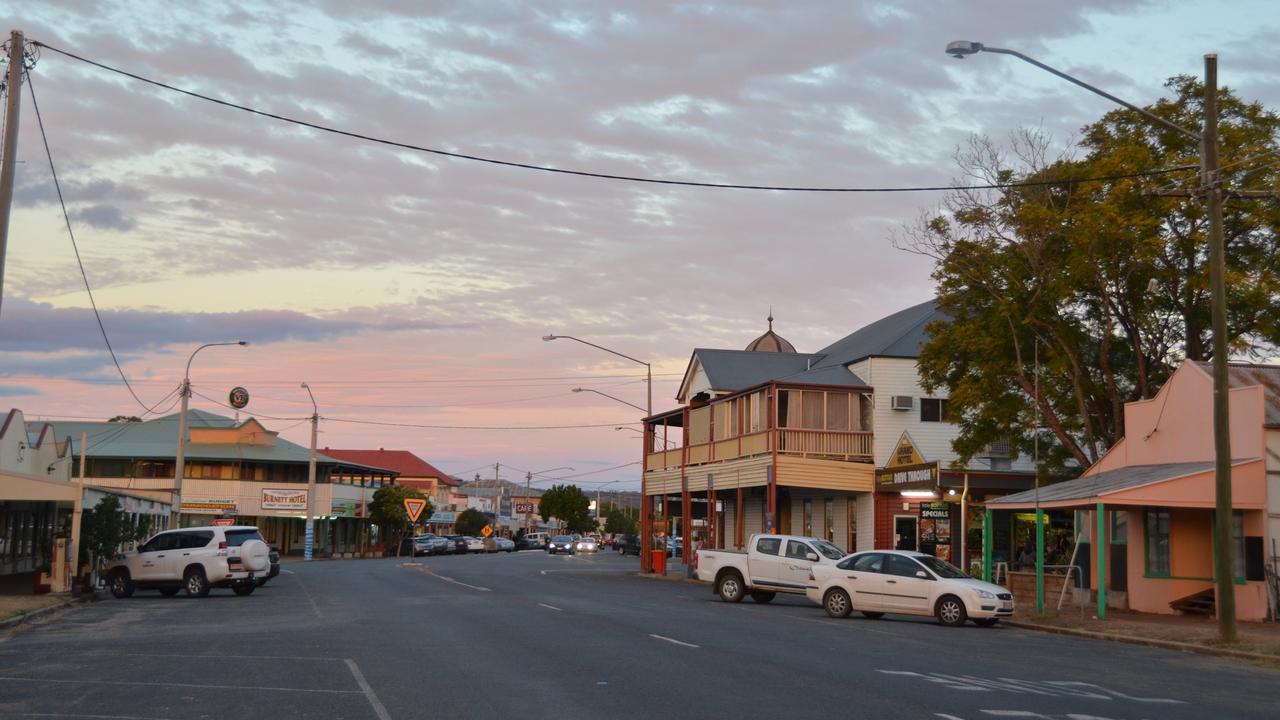Wide Bay Burnett report warns action needed for future of region
A recent Qld government report shows the Wide Bay Burnett is in desperate need of action, showing a lack of affordable housing, an ageing population and predicted population growth over the next two decades.

South Burnett
Don't miss out on the headlines from South Burnett. Followed categories will be added to My News.
The need for urgent action on affordable housing has been highlighted in the Queensland government’s recent release of their long-term plan for the Wide Bay Burnett.
The population in the Wide Bay Burnett region is expected to grow by an extra 48,467 people by 2046, according to the Wide Bay Burnett Regional Plan 2023.
The region currently has a population of 310,728, with 119,745 dwellings.
This population growth is expected to be mostly drawn to the coastal communities of the region as well as Bundaberg, Hervey Bay, Gympie, Kingaroy and Maryborough.
Smaller townships and communities, such as Cherbourg, Gayndah and Mundubbera, are expected to experience modest growth.
Of all the Wide Bay Burnett regions, the North Burnett is the only region with a predicted decline in population from 10,144 to 9360, a drop of 784 by 2046.
The Fraser Coast is expected to have the highest population increase from 112,078 to 136,870, an increase of more than 24,000 by 2046.

Along with population grown, the median age of the region is expected to increase to 51 years by 2041, 10 years higher than the state average.
The report states the lack of housing choice, particularly smaller housing projects, is contributing to housing availability and affordability pressures.
Internal migration was also mentioned as a contributing factor to the housing shortage and rental availability within the region.
Home values are expected to continue to increase in the region, which the report states may lock many people on low to moderate incomes out of home ownership.
In the private rental market, people are having to pay more and struggling to find homes that meets their needs, which in turn is putting pressure on social housing.
Homelessness is not only increasing in the region but is worsened by unpredictable events such as flooding.
The price difference between detached and attached housing continues to act as a deterrent to ageing households looking to downsize, essentially freezing current housing stock from the market.
The report states if local governments don’t have access to additional support from the region, these housing pressures will continue to increase.

The report also warns without strong commitments from within the region to inject greater housing choice into residential areas, the Wide Bay Burnett region is unlikely to be able to attract or retain the labour force it requires or the ability to service the increasing needs of its elderly population.
The Queensland government has committed to working with the region to ensure its long-term future and have suggested recommendations found in the report.
One recommendation is for smaller regional townships to focus on ‘urban consolidation’ by increasing housing supply within existing settlements which can also support the townships to improve self-sufficiency.
Housing stock in the region has historically developed to meet the needs of the regional community, providing large, detached lifestyle properties, however, the report suggests that diverse and affordable housing choices be developed in these areas to support ageing communities and attract new, younger populations.
Low-rise developments, such as dual occupancies, terraces and row houses and supporting more varied housing products, are recommended.

The report recommends government-owned land should be considered for social and affordable housing as well as the retention of affordable housing choices like caravan parks and manufactured home villages to provide safety and security to vulnerable people and to decrease homelessness in the region.
Careful consideration of how land is planned for and developed over the next two decades will significantly affect quality of life, natural environment, infrastructure systems and economic prosperity in the region, according to the report.
The report suggests by properly implementing housing plans for the future, it will result in more diverse and affordable housing choice, enhanced community connectivity and vibrancy and greater lifestyle opportunities capable of appealing to new working and family households.
More Coverage
Originally published as Wide Bay Burnett report warns action needed for future of region








